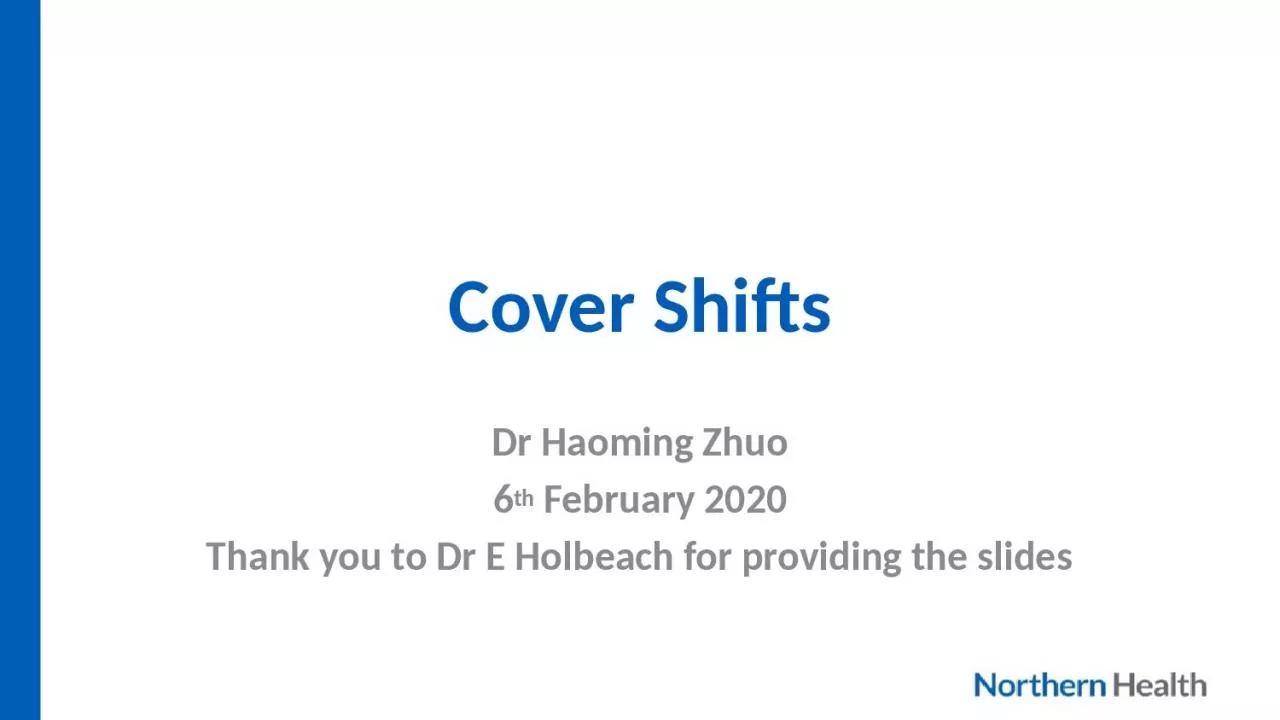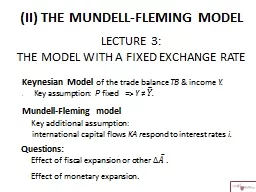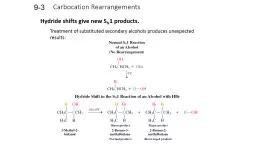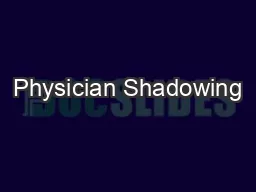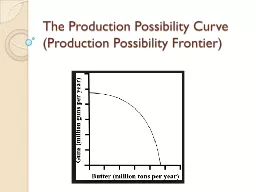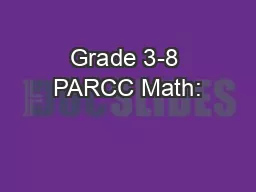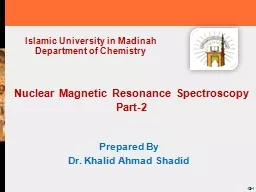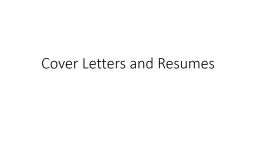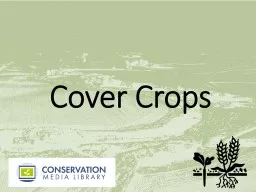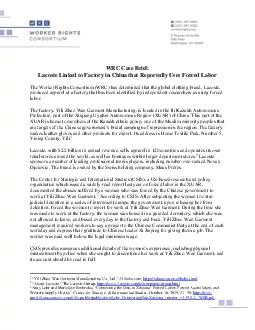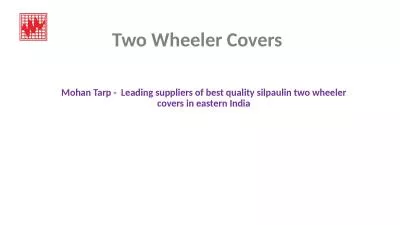PPT-Cover Shifts Dr Haoming Zhuo
Author : berey | Published Date : 2024-01-29
6 th February 2020 Thank you to Dr E Holbeach for providing the slides Learning objectives How to manage common cover shift requests Strategies to be kind to yourself
Presentation Embed Code
Download Presentation
Download Presentation The PPT/PDF document "Cover Shifts Dr Haoming Zhuo" is the property of its rightful owner. Permission is granted to download and print the materials on this website for personal, non-commercial use only, and to display it on your personal computer provided you do not modify the materials and that you retain all copyright notices contained in the materials. By downloading content from our website, you accept the terms of this agreement.
Cover Shifts Dr Haoming Zhuo: Transcript
Download Rules Of Document
"Cover Shifts Dr Haoming Zhuo"The content belongs to its owner. You may download and print it for personal use, without modification, and keep all copyright notices. By downloading, you agree to these terms.
Related Documents

